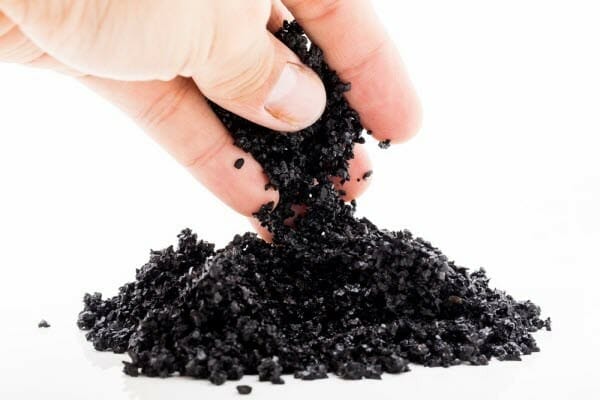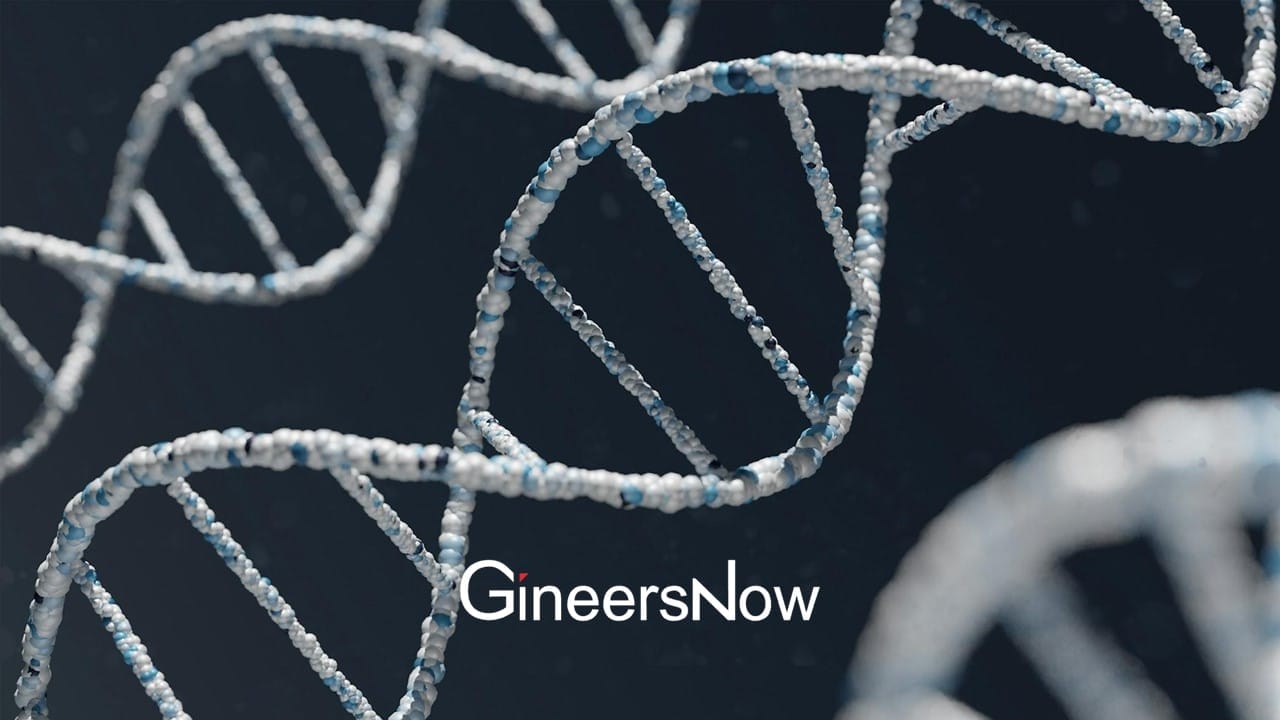Production and Applications of Activated Carbon
Production and Applications of Activated Carbon
Activated carbon has been around for a long time, but it’s only in recent years that it has taken the market by storm for various purposes.
This is a multifaceted substance and it’s probably the many uses together with the multiple properties of activated carbon that have contributed to the growing popularity.
Continue reading if interested in learning more about this extremely versatile and powerful adsorbent.
Activated Carbon – What Is It?
Activated carbon is usually extracted from charcoal that has been heated in isolation from oxygen. This means that the activated carbon in its shape is very porous and consists of many small fine nooks.
The basic material of the activated carbon can also consist of coconut shells, peat, banana peels or hard coal, which have high carbon content.
Production
During the production of this substance, a number of different products can be used as a carbon source, such as lignite, charcoal, residual products from petroleum production, coconut shells and peat. In the first step, the carbon source undergoes controlled carbonization (pyrolysis) where the carbon source is heated without the presence of oxygen. The carbon then undergoes a second step, activation. Activation is necessary to further increase the porosity and improve the chemical properties of the product to maximize adsorption.
Activation can take place both thermally and chemically:
- When it comes to thermal activation, the material needs to be further heated to about 800-1000°C together with carbon dioxide and water vapor separately or together. This process increases the porosity of the material by burning unwanted compounds while increasing the amount of carbon-oxygen and hydrocarbon complexes on the surface of the activated carbon.
- In terms of chemical activation, before the charring is complete by thermal treatment, chemicals are added (approximately 450-600 °C). The chemicals that are usually used are zinc chloride, phosphoric acid, potassium hydroxide and potassium carbonate. Chemical activation can be seen as a combination of thermal and chemical activation.
When the adsorption capacity of the activated carbon has decreased so much that it no longer works effectively, it can be reactivated. The reactivation is done in the same way as when activated.
Applications
The great thing about activated carbon is that it can be applied for a myriad of things. The optimization of the production processes have resulted in an advanced level of adsorption technology and activated carbon applications and its importance has steadily increased in the industry.
Water Filtration

Water is vital for our well-being. Unfortunately, ordinary tap water is contaminated with toxins, chemicals, and fluoride. But do not worry, activated carbon can help purify the water and reduce the impurities, making it safe to drink. However, it cannot filter out minerals from hard water, bacteria or viruses.
Dental Care
When it comes to dental care, it is used both in daily use in toothpaste, but also in more specific processes such as teeth whitening.
Natural beauty products are increasingly in demand today and the arena for dental care is no exception. Activated carbon changes the pH balance in the mouth, which improves oral health and prevents cavities, gum disease and bad breath.
As activated carbon effectively absorbs microscopic residue and plaque that together create discolorations, it can help keep your teeth white. It’s not only cost-effective, but it’s also a natural way to obtain a shiny and confident smile.
Skin And Body Care
The uses of activated carbon do not just stop there. You might be surprised to hear that it can do wonders for your skin. It’s used to extract microparticles such as dust, toxins, chemicals and impurities, making your skin look cleaner and smoother. Activated carbon can absorb bad odors and dangerous gases. It can also be used in treating skin infections.
Liver And Kidney Detox
The liver and kidneys promote the filtration of waste products from the blood and stop toxins from traveling to healthy cells in the body.
As these organs are overloaded, they have a reduced ability to keep up with this cleaning. As a result, toxin particles, waste and other substances accumulate in the body and affect health.
Activated coal is easy to absorb the waste and stimulates a natural detox of these organs.
Final Thoughts
What distinguishes it from other materials is that it has absorbent properties. This opens up exciting areas of use where you can take advantage of its ability to attach to other materials.
Traditionally, this substance has been used in manufacturing, but lately, absorbent activated carbon has received a special boost and gained ground also in the health and beauty industry.
Don’t be surprised if you encounter the activated carbon in different contexts as it seems to be here to stay.














